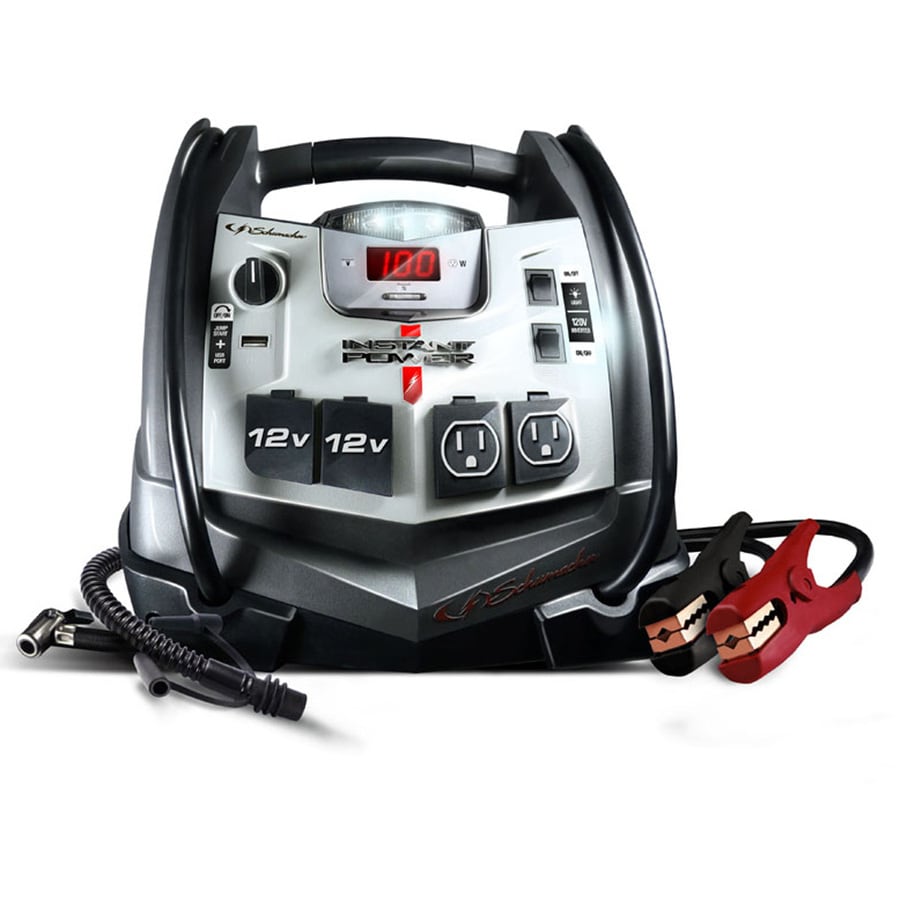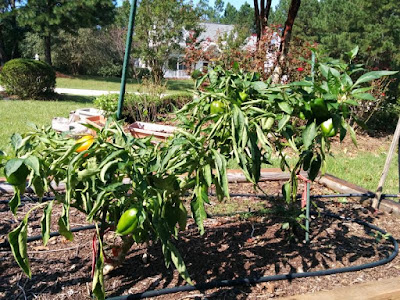The
pump I mounted under my deck has been working great. The one downside is that the pressurized rain water is only available in my back yard. I frequently need water in my front yard. The solution was simple, but not easy to implement.
I bought 100' of 1/2"
Purple Reclaimed Water PEX Pipe on clearance from Home Depot 2 years ago. I knew that someday I might need it for this reason. I lucked out. I paid $32 at the time. The 100' coils have been discontinued, and the 300' ft. coils are $118.
I attached one end of the PEX pipe to the PVC pipe under my deck. I drilled a hole through the wall and ran the pipe into the crawlspace. This was the difficult part. Crawling around in 35" of space and snaking pipe around obstacles, and nailing it in place isn't easy.
I attached the other end of the pipe to a frost proof sillcock at the front of my house. I mounted it near my existing hose bib. That way I could
fill the
rain barrels that feed my
drip irrigation system when they get
low.
I was tickled with delight when I turned the valve and water came rushing out. The next step was to connect the rain barrel to the new hose bib. I did that and immediately had a problem. The float valve in the barrel had too much resistance and caused the pump to pulsate very badly. (The pump comes on at 30 psi and goes off at 55 psi.) The
float valve in the picture below is rated for 1.5 gpm at 60 psi. The pump was pulsating and shaking violently while trying to push water through it. I was very disappointed.
My solution was to change out the
float valve. I had the one in the picture below from the
rain barrel that I had next to my
chicken coop. It wasn't being used since I recently
moved that barrel to my front yard. This valve is rated at 12.5 gpm at 60 psi. It allowed the pump to operate with out pulsating for a little while. When the water level started to get high, the valve started to close causing back pressure which made the pump once again pulsate.
The pump works great with sudden on/off changes in pressure. It doesn't like gradual changes at all. There's a solution for this. I needed a pressure tank. What's a pressure tank? It's a water tank that also has a pressurized air bladder. When a valve is opened the air pressure in the tank causes the water to flow. As the tank empties the pressure drops and the pump turns on. It eliminates the pulsating pump issue.
Initially I was going to get the
Shurflo Accumulator Tank. They made the
pump, so why not get their tank? It looked small, super simple to hook up, and it was only $41. I read the reviews and saw that they only hold 10-16 oz. of water (no one was really sure of the exact amount). That didn't seem like much of a buffer. Luckily for me, my local Lowes had a
7-gallon pressure tank on clearance for $41. The tag on the shelf said $88, and that's the price it was listed for at that other Lowes in the area.
The box looked pretty beat up. When I got it out I noticed some scratches, and the manual said the pressure was set to 25 psi from the factory. I checked it with a tire gauge and it was at 39 psi. Someone bought this thing and returned it. I was fine with that as long as it worked. I put a
3/4" FPT x 3/4" FHT fitting on the tank, and attached it to my PVC pipe with a garden hose.
This is not, is not, _is not_, a permanent solution. I'm going to move the tank into my crawlspace and plumb it in properly. I just wanted to see if it would solve my pulsating problem.
The pressure tank worked perfectly. I was able to fill the barrel in my front yard without the pump pulsating at all. It never had an issue. It would come on, fill the pressure tank, and shut off. Then the water would trickle into the barrel with just the pressure from the pressure tank. I'm really pleased with how it works.
My last step was to
label the hose bib. I don't want anyone to mistake it for municipal water. It's untreated and while my rabbits and dog have been drinking it for years, it's probably not suitable for humans.
























































